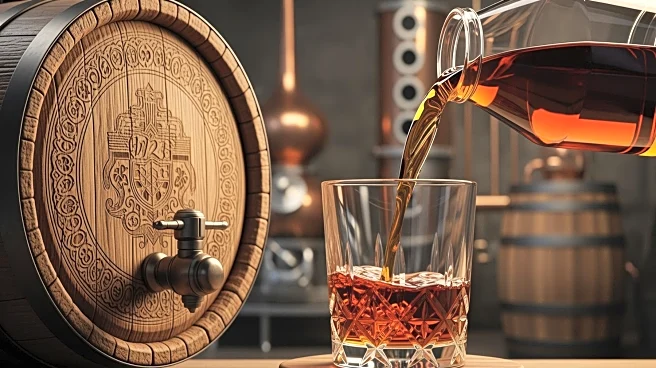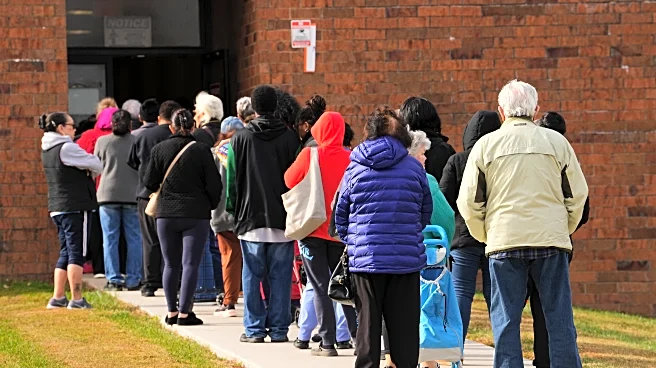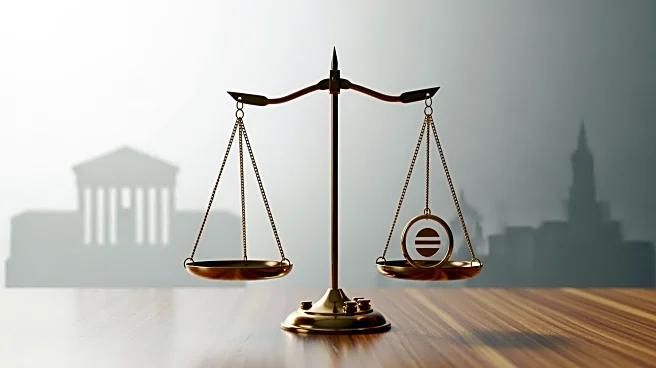What's Happening?
Michter's Distillery, based in Kentucky, has announced the release of its 20 Year Old Kentucky Straight Bourbon for 2025. This limited edition whiskey, selected by master distiller Dan McKee, will be available to select U.S. retailers starting in December.
The bourbon is bottled at 114.2 proof and matured in new, charred American white oak barrels. The distillery emphasizes the importance of the 17- to 20-year maturation period, referred to as the 'Fork in the Road Point,' where barrels are assessed for exceptional quality. Andrea Wilson, Michter's master of maturation, oversees the barrel management and warehouse conditions, ensuring the bourbon's complexity and depth of flavor.
Why It's Important?
The release of Michter's 20 Year Old Bourbon is significant for bourbon enthusiasts and collectors, as it represents a high-quality, limited edition product that is not released annually. The meticulous selection process and extended maturation period contribute to the bourbon's unique flavor profile, making it a coveted item in the whiskey market. This release also highlights Michter's reputation as a leading distillery, having been named The World's Most Admired Whiskey for the third time. The bourbon's availability at a suggested price of $1,200 per bottle reflects its premium status and the demand for high-end spirits in the U.S. market.
What's Next?
As Michter's prepares to ship the 20 Year Old Bourbon to select retailers, the anticipation among collectors and enthusiasts is likely to grow. The distillery's decision to release the bourbon only when barrels are deemed ready suggests a commitment to quality over quantity. This approach may influence other distilleries to adopt similar practices, focusing on the craftsmanship and aging process. The release could also impact the secondary market, where rare and limited edition bourbons often see increased demand and value.
Beyond the Headlines
The release of Michter's 20 Year Old Bourbon underscores the cultural significance of bourbon in American society, particularly in Kentucky, where bourbon production is a key part of the state's heritage. The emphasis on aging and barrel selection reflects broader trends in the spirits industry, where consumers increasingly seek authenticity and craftsmanship. This development may also contribute to discussions on sustainable practices in whiskey production, as extended aging requires careful management of resources and environmental conditions.















